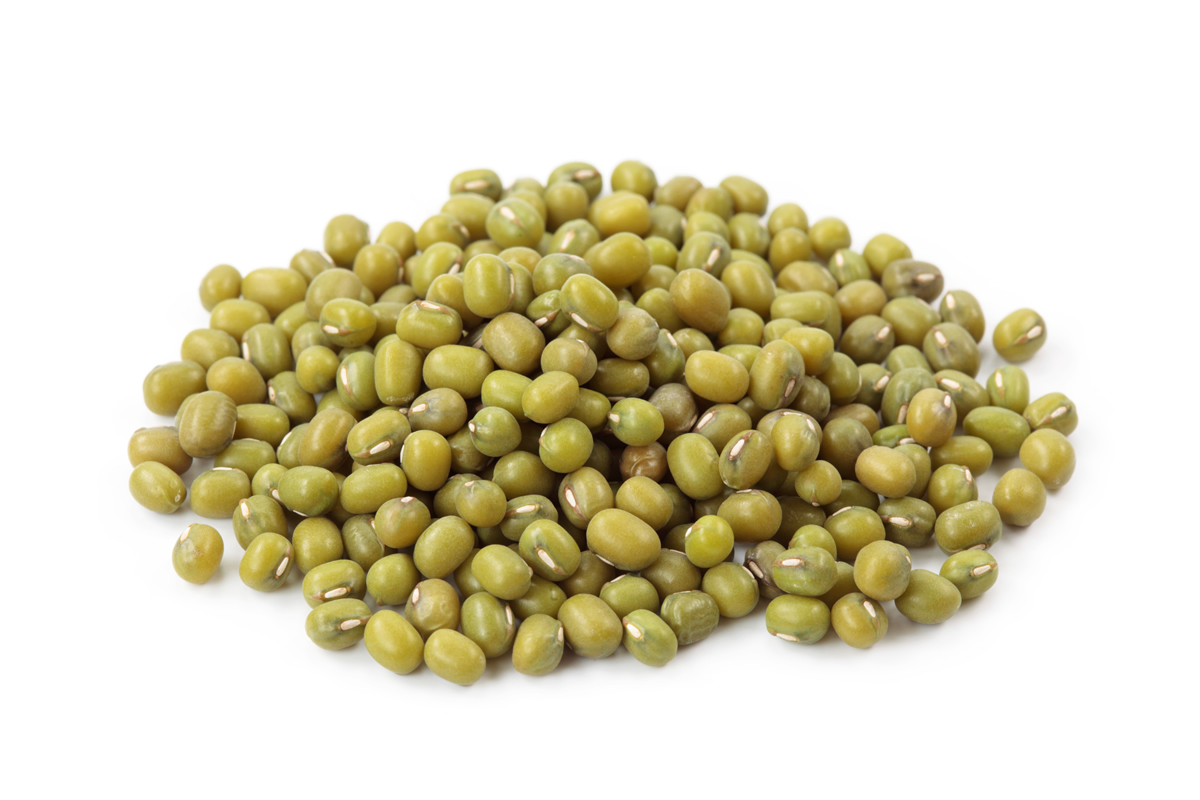Spelt Flour wholemeal
Just arrived in stock German wholemeal Spelt Flour.
Spelt flour has a nutty and slightly sweet flavor, similar to that of whole wheat flour.

 2020-03-02
2020-03-02 2018-12-01
2018-12-01Grown and imported from Australia our Mung Beans are high in fiber and extremely low in saturated fat. They are a versatile legume that is popular all around the world, superior to other beans for protein content, our green mung beans can be fermented, cooked (as whole beans or split) or milled into flour.
We've just landed a container of Australian Mung Beans , contact us today for a pallet quote.

Wash and rinse the mung beans thoroughly in a sieve until water runs clear.
Place your beans in the jar and cover them in water to soak for at least 2 hours until they expand a bit and skins start to break.
Once the skins start to break, cover the top of the jar with a mesh cloth and secure the cloth with a rubber band and drain the water through it. Turn the jar upside down and place it on top of the turned jar cover in a tilted position. (This is to let excess water run out and allow air in.)
Place your jar in a dark place (like in a cupboard or cabinet under the sink). If you started in the morning then in the afternoon or before your sleep, run water through the mesh and drain it again and put it back in its place. Do this at least two times a day for three days.
On the second day, you will see roots are starting to come out.
The sprouts are ready and can be eaten on the third day (depending on what are you using them for). Wait another day and they will be about an inch long.
Place the sprouts in a basin and fill it with water. Some of the hulls will float while some you have to remove on your own (or not). Transfer to a colander and let it drain for several minutes before placing on your favourite dish or keeping in the fridge for a few days.